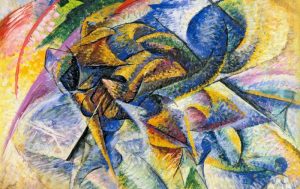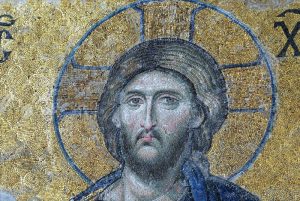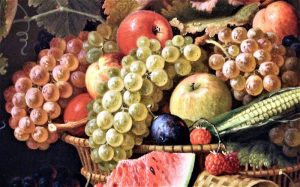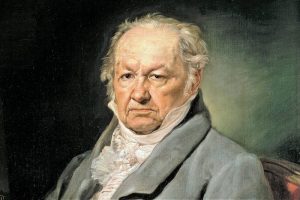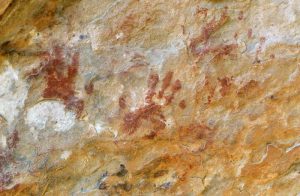Medieval art
Medieval art is essentially religious. It has its origin in the Roman, barbaric and primitive Christian inheritance and then, it adopts its own character. The terms "Romanesque" and "Gothic" were given a posteriori and were not used during this period.
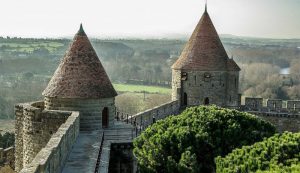
Related topics
Baroque art, Byzantine art, Egyptian art, Greek art, Rock art, Roman art, Romanesque art
What is Medieval art?
From the 5th to the 15th century, the medieval period took place. In this period Medieval art which can be divided into two parts: Romanesque and Gothic. The Romanesque appears first, in Western Europe and is characterized by having a rural style. Its name is due to the fact that it is mostly based on early Christian art in Rome. For its part, the Gothic originates in the cities and bears its name due to its primitive character. Both contain strong influences of Christianity and are manifested by various means such as goldsmiths, sculptures, paintings, mosaics, frescoes and architecture.
Characteristics of Medieval art
It had its peak between the 11th and 12th centuries, the Romanesque period, and the 12th and 15th centuries, the Gothic period. The main characteristic would be to worship or offer to God, thus obtaining his grace or indulgence. Because of this, its wealth is found in monasteries ornaments, churches and worship places, being an intermediary between the human and the supernatural world, where an offering is made to Christian faith dogmas.
Historical synthesis
Romanesque period:
- Europe’s population is growing at a high rate.
- The church achieves its greatest prestige and power because it is considered the only well-organized and hierarchical institution.
- The growing construction of bigger temples due to the number of believers.
- The monastery reform.
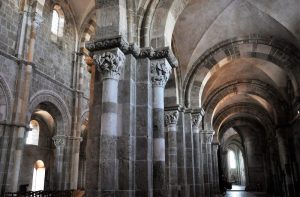 Gothic period:
Gothic period:
- The crusades between Christians against Muslims and Saracens.
- Christianity prolongation.
- The construction of the abbey church of San Dionisio by Abad Suger.
- The construction of Notre Dame Cathedral (Paris).
- The construction of Chartres cathedral.
Medieval architecture
It is divided in two periods:
- Romanesque architecture: It became more evident with the construction of temples, churches, and large-scale monasteries, both firm and massive, in order to avoid their destruction and deterioration over time, serving as an evolution to perfect and solve the problems in this realization. It was characterized by its walls and buttresses. The only purpose of its buildings was offering to the sacred, which is why they were called “God’s fortresses”. It includes the use of semicircles in arches and vaults, the use of stones, the incorporation of towers and walls very thick and with few openings.
- Gothic architecture: High buildings with a symbolic meaning are built, among which the cathedral stands out. It includes the ribbed vault (formed by two arches crossed diagonally), the buttresses and the pointed arch, the pointed arch, and liberation of walls, which allowed the placement of stained glass. In addition, the combination with sculptural elements that frame its sacred decoration is also predominant.
Sculpture in Medieval art
- Sculpture in Romanesque period: It is based on the iconography of the Bible, where “the Bible in stone” is born, because most of the people were analphabets and still, it was needed to inculcate the sacred. This is achieved in a symbolic and expressive way by means of reliefs, where the loss of naturalism is observed in the figures, since they were lengthened or reduced due to space to work and the proportions between figures were not respected (a horse could be smaller than a man), which generates a lack of realism. Even so, it fully reflects the spirit and morals of the time loaded with rigidity and symmetry.
- Sculpture in Gothic period: Realism prevails since the sculptors seek to give a real characterization to the portrayed characters, in this case angels, saints and biblical figures, which was achieved with great movement and naturalness. As far as the materials, the stone is kept, with an ornamental and didactic function, worked as reliefs attached to narrative character with tendency to naturalism, looking for a serene, beautiful and majestic ideal. Normally, marble, stone, ivory and wood were used.
Medieval art painting
- Painting in Romanesque period: It tends to have Byzantine influence, due to the location of the Christ Pantocrator in the main apse of the temple. The drawing predominates, the contour of the silhouettes, the use of flat colors without mixing, the lack of depth and absence of volume in the figures. The religious themes and expressiveness of the shapes are maintained, and they are made with great magnitude.
- Painting in Gothic period: Stained-glass windows, frescoes and panels stand out, which fulfilled fidelity to the episodes of sacred history, prevailing the cult of God. Later, some characteristics were introduced, such as the search for realism, emotional expressions and color palette diversity. In the case of the stained glass windows, their purpose was to give a luminous sensation and take advantage of natural light, thus acquiring the sensation of divine presence. Like sculpture, it has a strong tendency to naturalism and detail. It seeks to give an appearance of reality through perspective and shading.
How to cite this article?
Briceño V., Gabriela. (2019). Medieval art. Recovered on 4 January, 2025, de Euston96: https://www.euston96.com/en/medieval-art/



